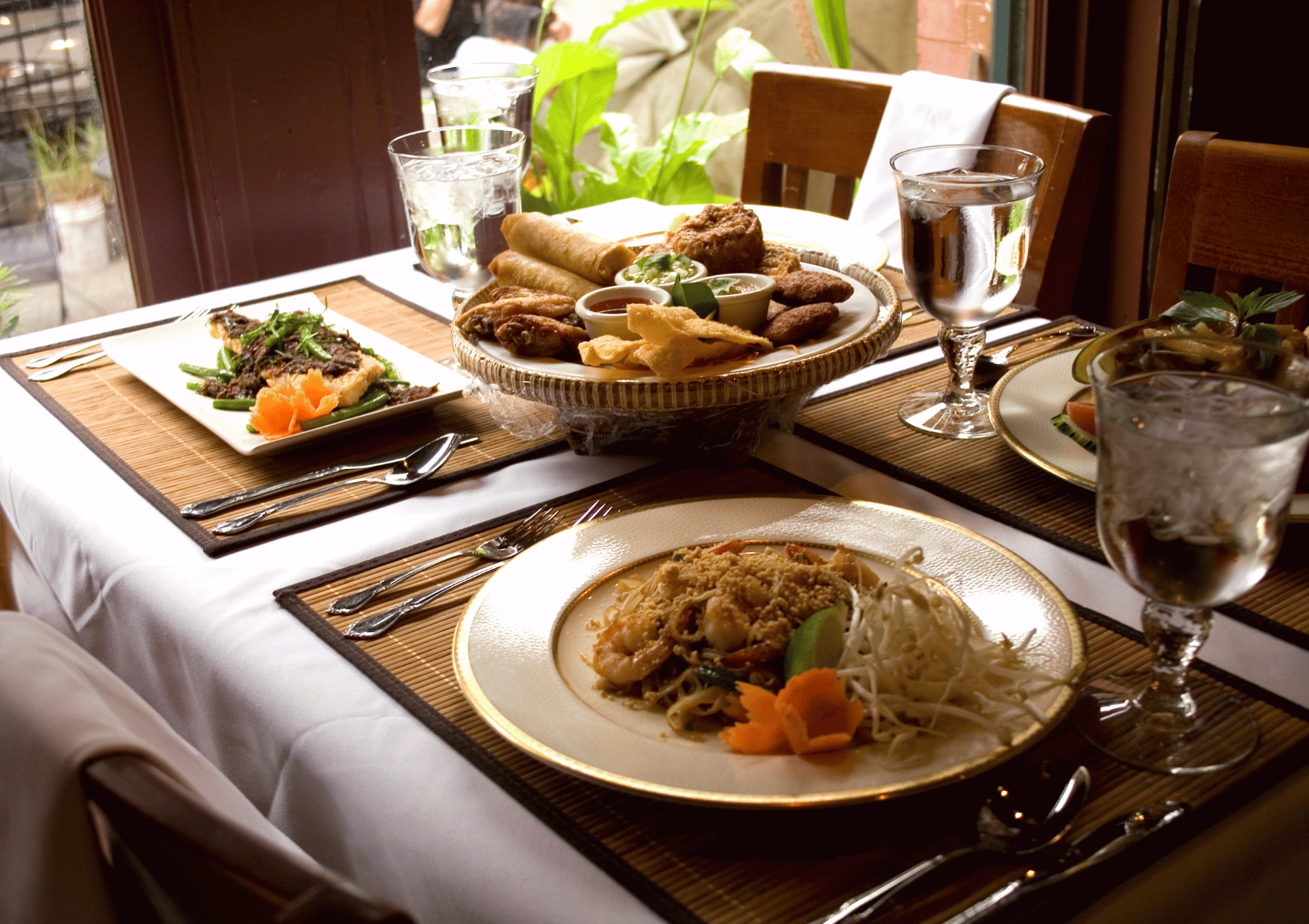What Makes a Restaurant Sellable – A Thai Restaurant Exit Masterclass

Overview
In this case, Chinook Business Advisory facilitated the successful sale of a highly profitable and well-loved Thai restaurant in a suburban neighborhood. The transaction offers key insights into what makes a restaurant sellable and the critical factors for ensuring a smooth deal, from strong financials and operational discipline to buyer readiness and seller motivation.
Business Background
Established roughly 15 years prior, the restaurant was operated by two partners: one running the front of house and the other leading the kitchen. The head chef, who eventually became a co-owner, was known for his strict discipline in managing inventory and food costs, which resulted in financial performance well above industry averages.
Despite closing for two months annually while the owner visited Thailand, the business remained highly profitable, highlighting the strength of its loyal customer base, prime location, and standout product. Notably, the restaurant operated without food delivery platforms, relying instead on pickup orders, which customers readily adapted to due to the restaurant’s reputation for excellence.
Key Drivers of Sellability
- Clear Financials: Tax returns and T4s supported the business’s profitability, with minimal add-backs required. This straightforward financial picture provided buyers with greater confidence in the reported earnings, something not always common in food service transactions.
- Operational Discipline: Meticulous control over purchasing and costs played a significant role in sustaining high margins. No overreliance on specific suppliers and careful sourcing ensured supply chain resilience and cost efficiency.
- Reputation & Simplicity: The restaurant had built a loyal, local clientele in a medium- to high-income residential area. The strength of its menu—based on family recipes—and the straightforward service model (pickup only, no delivery) made operations lean and manageable.
- Growth Potential: The seller was using only half the dining room post-COVID and had opted out of delivery services entirely, suggesting a clear upside for an ambitious buyer.
Transaction Process & Lessons Learned
- Seller Motivation: The seller, having lost her husband and grown homesick for Thailand, was highly motivated to sell. Her commitment to exiting the business helped maintain momentum throughout the deal.
- Buyer Preparedness: The buyer owned another Thai restaurant and demonstrated serious intent by relocating a chef from Toronto before the deal even closed. This commitment helped reassure the seller and ensured operational continuity.
- Communication & Support: Language barriers and unfamiliarity with the sale process meant extra support was required. Chinook worked closely with the seller’s son-in-law to bridge communication gaps, providing clear explanations and guidance throughout.
- Financing Realities: While financing was not used in the end, BDC had pre-approved the deal. Buyers should be aware that food businesses typically qualify for lower loan-to-value ratios (around 60%), meaning more upfront equity is often required compared to other industries.
Broker Insight
This case exemplifies how sellability extends beyond strong revenue—it’s about instilling buyer confidence in the sustainability of that revenue. Systems, even if modest, and clear operating discipline tell a buyer that the business is replicable. The more documentation, clarity, and support offered, the more straightforward the transition becomes.
Final Takeaway
Restaurants can be very profitable and robust businesses, but only when operated with precision and clear intent. For sellers, maintaining clean financials, optimizing operations, and demonstrating untapped potential are key to achieving top value. For buyers, understanding the business model and preparing to step in confidently can make all the difference in closing the deal.
Good restaurant operators know that three key expense categories must be kept in check and within target range: cost of goods sold, staffing, and occupancy costs. This business performed well across all three, which played a significant role in its profitability and ultimately, its saleability. When these fundamentals are in balance—and supported by a loyal customer base and quality offering—a restaurant becomes not only profitable, but also a compelling acquisition opportunity.




.svg)
.svg)
.svg)
.svg)
.svg)
.svg)